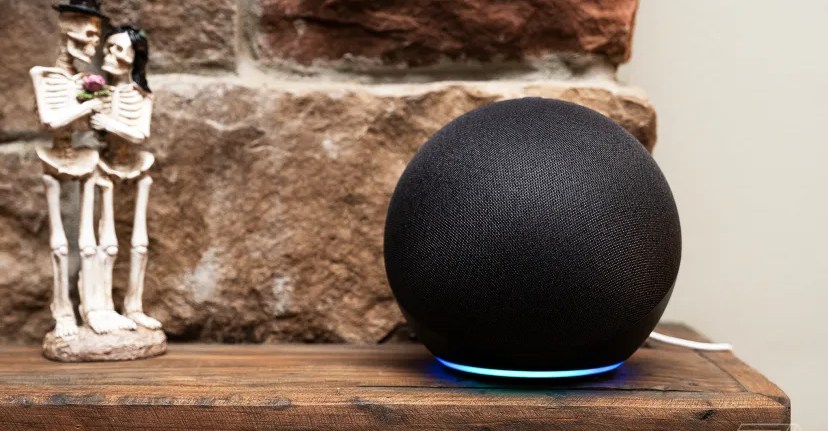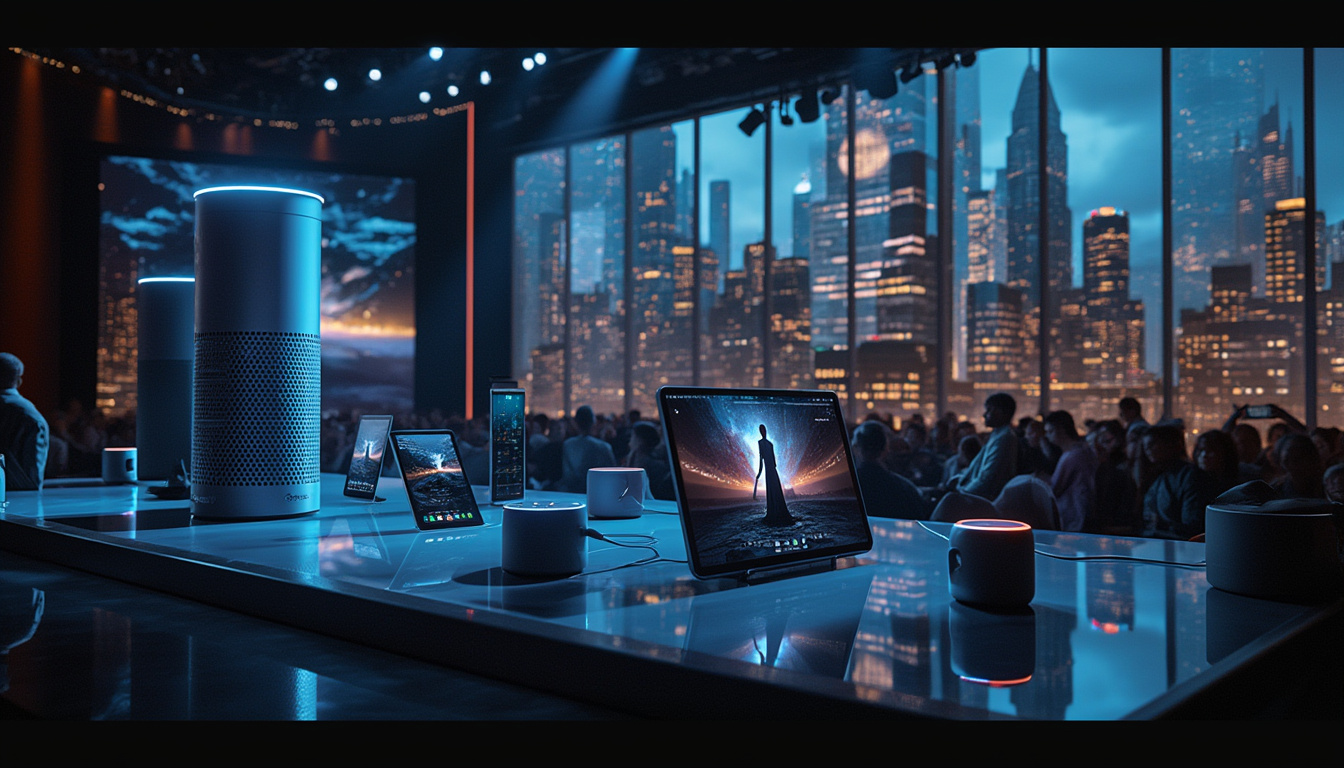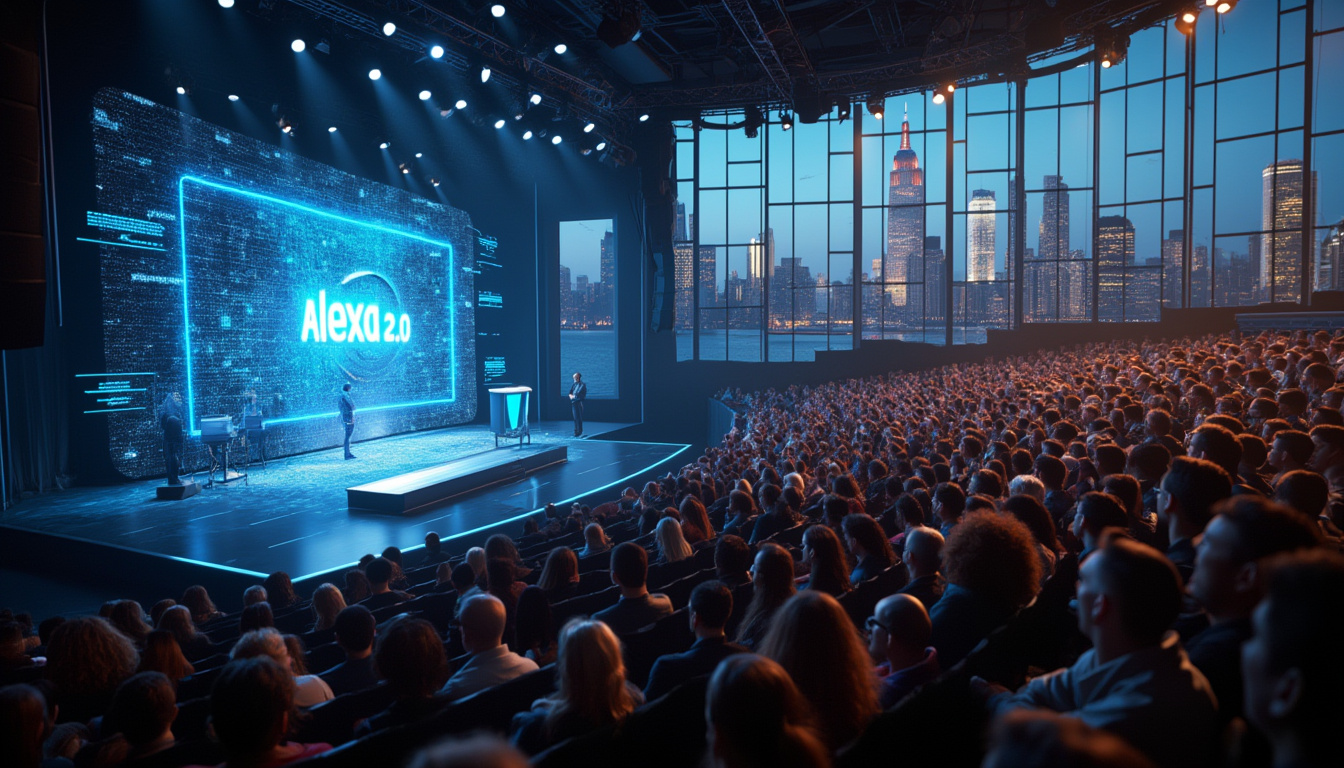
Amazon is set to host a highly anticipated Devices and Services event on February 26th, 2025, in New York City. This event marks the company’s first major showcase since skipping its usual fall event in 2024. Industry insiders and tech enthusiasts are buzzing with excitement, as the focus is expected to center around one of Amazon’s most iconic innovations: Alexa. The star of the show is likely to be Alexa 2.0, Amazon’s long-awaited generative AI upgrade for its voice assistant. Initially announced in September 2023, this advanced version of Alexa has been delayed multiple times due to performance issues. Now, with the official launch nearing, expectations are high. Alexa 2.0 promises to deliver a more natural and intuitive conversational experience. Users can expect improved context retention, allowing the AI to remember previous interactions and maintain coherence throughout a conversation. Additionally, the new version will reportedly handle multiple prompts in a single session, making it more versatile for complex tasks. One of the most exciting features of Alexa 2.0 is its content generation capabilities. This capability could enable users to create everything from stories to emails, all through voice commands. Enhanced customization is also on the horizon, with Alexa 2.0 designed to remember user preferences and tailor responses accordingly. Rumors suggest that Amazon may introduce a subscription model for these advanced AI features. Priced between $5 to $10 per month, this could provide users with premium access to premium features, setting a new standard for voice assistant technology. While Alexa 2.0 is expected to steal the spotlight, Amazon may also unveil new hardware to complement its AI upgrade. Speculation is rife about potential updates to the Echo speaker lineup, including a new standard Amazon Echo that could feature improved audio quality and design. Smart displays are another area of interest. Amazon may introduce new devices specifically designed to showcase Alexa 2.0’s capabilities, offering a more seamless and visually engaging experience. Additionally, there’s talk of upgrades to other product lines, such as Fire TV and Kindle, further integrating Alexa’s advanced features. The event will kick off at 10 a.m. ET, led by Panos Panay, the new head of Amazon’s Devices & Services division. This will be Panay’s first major event since joining Amazon after leaving Microsoft, marking a significant moment for the company’s leadership in innovation. As Amazon prepares to unveil Alexa 2.0, several challenges lie ahead. Ensuring the accuracy of the AI and preventing AI hallucinations will be critical. Additionally, maintaining compatibility with third-party integrations and implementing robust safety filters for children are key priorities. Balancing advanced features with reliable performance will also be essential to delivering a seamless user experience. Amazon’s event comes at a pivotal time for the company. In recent years, Alexa has fallen behind competitors like Google Assistant and Apple’s Siri in terms of AI capabilities. The rise of generative AI technologies, such as ChatGPT, has raised the bar for voice assistants, and Amazon is under pressure to regain its competitive edge. With the launch of Alexa 2.0, Amazon aims to reassert its dominance in the smart home and AI assistant market. The event not only represents a technological leap for Alexa but also a strategic move to solidify Amazon’s position in the rapidly evolving AI landscape. As Amazon prepares to launch Alexa 2.0, the company faces several critical challenges that could impact the success of its new AI-powered voice assistant. Ensuring the accuracy of Alexa 2.0’s responses is paramount, as AI hallucinations—where the AI generates incorrect or nonsensical information—have been a recurring issue in other generative AI systems. Another key challenge is maintaining compatibility with existing third-party integrations. Alexa’s strength lies in its vast ecosystem of smart home devices and services, and any disruption to this compatibility could alienate users and developers. Amazon must ensure that Alexa 2.0 works seamlessly with the thousands of devices and apps that currently integrate with the platform. Child safety is another critical area of focus. With the introduction of content generation capabilities, Amazon must implement robust filters to prevent Alexa 2.0 from generating inappropriate or harmful content, especially for younger users. This could involve advanced content moderation systems and enhanced parental controls. Finally, balancing the advanced features of Alexa 2.0 with reliable performance will be essential. Users expect their smart devices to function smoothly and consistently, and any performance issues could undermine the appeal of the new features. Amazon will need to ensure that the upgraded AI capabilities do not compromise the responsiveness and stability that users have come to expect from Alexa. The launch of Alexa 2.0 is not just a technological upgrade—it’s a strategic move to reclaim Amazon’s position in the competitive AI assistant market. With Google Assistant and Apple’s Siri advancing rapidly, Amazon must demonstrate that Alexa can evolve and innovate to meet the growing demands of consumers. The event also marks a turning point for Amazon’s Devices & Services division under the leadership of Panos Panay. As his first major event since joining the company, the success of this showcase will be closely watched as an indicator of Amazon’s direction and ability to innovate in the AI space. Amazon’s upcoming Devices and Services event on February 26th, 2025, promises to be a landmark moment for the company, with Alexa 2.0 taking center stage. This generative AI upgrade represents a significant leap forward for Amazon’s voice assistant, offering enhanced conversational capabilities, content generation, and customization. While challenges such as AI accuracy, compatibility with third-party integrations, child safety, and performance balance remain, the potential for Alexa 2.0 to redefine the smart home and AI assistant market is immense. With the launch of Alexa 2.0, Amazon aims to reclaim its competitive edge in the rapidly evolving AI landscape. The event not only showcases technological advancements but also highlights Amazon’s strategic efforts under Panos Panay’s leadership to innovate and dominate the market. As the tech world waits with bated breath, one thing is clear: Alexa 2.0 is poised to set a new standard for voice assistant technology. Amazon’s Devices and Services event is scheduled for February 26th, 2025, in New York City. Alexa 2.0 is Amazon’s generative AI upgrade for its voice assistant, designed to provide a more natural conversational experience with improved context retention, multi-prompt handling, and content generation capabilities. Alexa 2.0 offers enhanced conversational capabilities, improved customization, and content generation through voice commands. It also promises better context retention and the ability to handle multiple prompts in a single session. Yes, Amazon is expected to unveil new hardware, including potential updates to the Echo speaker lineup, smart displays, and possibly other devices like Fire TV and Kindle, to complement Alexa 2.0’s capabilities. Rumors suggest that Amazon may introduce a subscription model for premium Alexa 2.0 features, priced between $5 to $10 per month. Amazon is focusing on implementing robust filters and content moderation systems to prevent Alexa 2.0 from generating inappropriate content, along with enhanced parental controls. Key challenges include ensuring AI accuracy, maintaining compatibility with third-party integrations, implementing child safety measures, and balancing advanced features with reliable performance.
What to Expect from Amazon’s Big Alexa Event This Week
Alexa 2.0: The Main Attraction
Potential Hardware Announcements
Event Details and Expectations
Market Context

Challenges and Considerations
Strategic Implications

Conclusion
FAQ
What is the date of Amazon’s Devices and Services event?
What is Alexa 2.0?
What new features can users expect from Alexa 2.0?
Will Amazon introduce new hardware during the event?
Will Alexa 2.0 require a subscription?
How is Amazon addressing child safety with Alexa 2.0?
What are the key challenges for Alexa 2.0?

 What to Expect from Amazon’s Major Alexa Event This Week – New Devices, Features & Surprises
What to Expect from Amazon’s Major Alexa Event This Week – New Devices, Features & Surprises
0 Comment